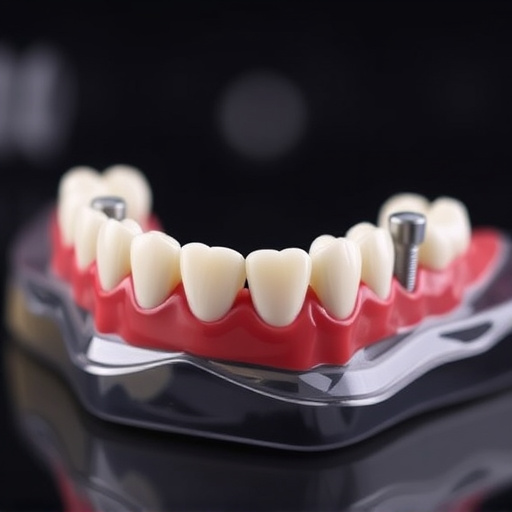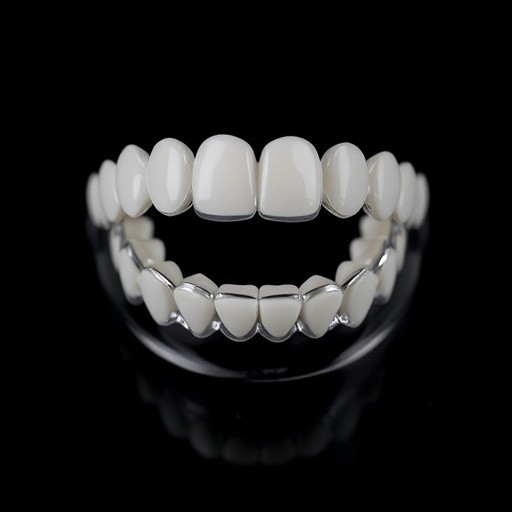Dental anxiety treatment combines psychological tools like CBT covered by some insurance plans and practical procedures alleviating fear. Understanding coverage for services like cleanings, fillings, and CBT sessions helps individuals access necessary care. Keep detailed records of treatments and costs to maximize benefits for both preventive and major dental procedures.
Are you one of the many people who experience dental anxiety? Knowing that insurance coverage can help alleviate financial worries. This guide explores whether dental anxiety treatments are covered by insurance plans and how to navigate claims effectively. We delve into common procedures used to treat dental anxiety, providing insights for folks seeking relief. Understanding your rights and options is a crucial step towards a more comfortable dental experience.
- Understanding Dental Insurance Coverage for Anxiety
- Common Procedures for Treating Dental Anxiety
- Navigating Claims: How to Get Reimbursed for Anxiety Treatment
Understanding Dental Insurance Coverage for Anxiety

Dental anxiety is a common concern for many patients, but understanding how it’s treated within insurance plans can ease minds and encourage individuals to seek necessary care. Dental insurance policies typically differentiate between preventive, basic, and major dental procedures, each with varying levels of coverage. Preventive dentistry services, such as cleanings and check-ups, are often fully covered or have minimal out-of-pocket expenses. Basic treatments like fillings, X-rays, and some orthodontics may be partially insured, while major procedures including wisdom tooth removal or complex restorative work can have higher co-pays or deductibles.
When it comes to dental anxiety treatment, options like cognitive behavioral therapy (CBT) for managing fear and anxiety during dental procedures are increasingly recognized as valuable services. While CBT itself is not always covered by all plans, some insurance companies do provide coverage for specific anxiety management techniques within their policies. It’s crucial for individuals experiencing dental anxiety to review their specific plan details or consult with a family dentistry provider who specializes in addressing these concerns through both preventive dentistry practices and evidence-based therapeutic interventions.
Common Procedures for Treating Dental Anxiety

Common procedures for treating dental anxiety often involve a combination of psychological and practical approaches. Cognitive-behavioural therapy (CBT) is a popular technique that helps individuals manage their fear by changing their thinking patterns and behaviours associated with dental visits. This can include relaxation techniques, virtual reality exposure, or gradual desensitization to various dental procedures. For those experiencing severe anxiety, medication can be prescribed to help calm nerves during appointments.
Additionally, specific dental procedures can significantly alleviate anxiety. Tooth repair, such as filling cavities or applying dental sealants, might seem daunting but are relatively quick and painless when performed by a skilled dentist. In cases of more extensive damage, dental implants offer a long-term solution for replacing missing teeth, enhancing both oral health and confidence. Although tooth extractions can be a source of anxiety, modern techniques and anaesthetics ensure minimal discomfort. These procedures, coupled with regular check-ups, can foster a positive relationship between individuals and their dental care, ultimately reducing anxiety over time.
Navigating Claims: How to Get Reimbursed for Anxiety Treatment

Navigating claims for dental anxiety treatment can seem daunting, but understanding your insurance coverage is a crucial first step. Start by reviewing your policy documents to identify specific clauses related to mental health and dental procedures. Many modern insurance plans recognize the importance of addressing dental anxiety as part of comprehensive care, offering reimbursement for qualified treatments.
When it comes to getting reimbursed, anxiety-related treatments are often categorized under behavioral or psychological services. These may include counseling sessions, hypnosis, or cognitive-behavioral therapy (CBT) tailored to managing dental fear. Keep detailed records of your treatment plan and associated costs—from initial assessments to follow-up sessions—as these will be essential when submitting claims. Collaborate closely with your dentist’s office, as they can provide guidance on the billing process and ensure your claims are accurately processed, maximizing your insurance benefits and facilitating access to much-needed restorative dentistry, children’s dentistry, or preventive dentistry services.
Dental anxiety is a common concern, but it’s good to know that dental anxiety treatment is often covered by insurance plans. By understanding your coverage and exploring treatments like cognitive behavioral therapy, sedation dentistry, or hypnosis, you can take steps towards a more comfortable dental experience. When filing claims, ensure you follow the right procedures for reimbursement of anxiety-related treatments to maximize your benefits.














